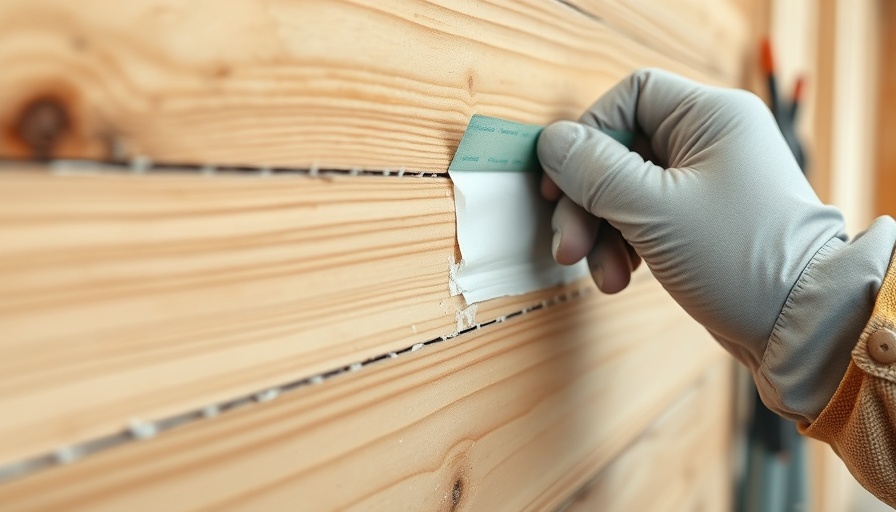
Understanding Waterproofing: A Crucial Upgrade for Modern Facilities
The recent restoration project at the San Antonio Credit Union parking garage highlights a fundamental aspect of facility management: the importance of waterproofing and maintenance. Built in 2001, this three-story structure experienced significant weather-related wear and tear, necessitating a thorough upgrade to ensure safety and functionality. With increasing demands for sustainable and durable infrastructure, the focus on waterproofing has become more prevalent as facilities strive to protect their investments and provide a safe environment for users.
The Impact of Weather on Commercial Structures
Water damage is a silent detractor in many commercial facilities, causing long-term structural issues and safety hazards. The San Antonio garage faced leaks into parking areas below, which can lead to further complications such as mold growth and corrosion of support structures. Moisture intrusion not only jeopardizes the integrity of the building but significantly escalates maintenance costs. Proper waterproofing solutions can act as a barrier, protecting against contaminants and extending the lifespan of the structure, thereby saving money in the long run.
Innovative Techniques in Parking Garage Maintenance
Western's approach to the renovation incorporated advanced techniques tailored to address the specific challenges of working with an existing structure that included electrical conduits in the topping slab. This involved thorough planning, using tools such as Hilti concrete scanners to map existing utilities, ensuring a smooth execution without damage. By undertaking partial depth concrete replacement and utilizing high-quality traffic and wall coatings from Master Builders Solutions, the project not only improved safety but also enhanced the longevity of the garage's materials.
Environmental Considerations in Construction
Modern renovations increasingly prioritize the environment. Using non-toxic materials and sustainable practices is not just a trend but a necessity in today's building standards. The products employed in this project carry a ten-year warranty, which emphasizes their durability and the reduced need for future repairs, thereby cutting down waste. Such environmentally conscious choices resonate with a growing public demand for sustainability in construction practices, reflecting a broader commitment to wellness and design.
Future-Proofing Structures Against Evolving Climate Challenges
As climate change continues to affect weather patterns, the need for resilient infrastructure has never been more critical. Parking garages, which can often be neglected in terms of proactive maintenance due to their serviceable nature, must evolve to withstand heavier rainfall and more severe temperature fluctuations. Facilities like the San Antonio Credit Union's garage are setting standards by undertaking comprehensive waterproofing upgrades that not only mitigate immediate risks but also fortify them against future environmental challenges.
Why Every Facility Should Consider Waterproofing Upgrades
Facility managers and stakeholders should take note: investing in waterproofing is essential to protect both structure and budget. Failures to address leaks and water damage early can lead to far more significant issues down the line, including costly repairs and hazardous conditions. Prioritizing waterproofing improvements can foster an environment of safety, security, and efficiency for tenants and visitors alike.
Conclusion: The Key to Lasting Facility Management
The successful upgrade of the San Antonio Credit Union parking garage emphasizes the necessity for ongoing maintenance and proactive measures in facility management. By adopting advanced technology and environmentally friendly practices, facilities can significantly enhance their durability and sustainability. As the world faces new environmental challenges, the role of modern facility management is more critical than ever. Investing in such upgrades not only ensures the safety and efficiency of operations but also promotes a culture of responsibility and foresight within the community.
 Add Row
Add Row  Add
Add 






Write A Comment